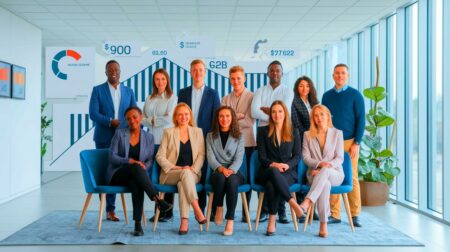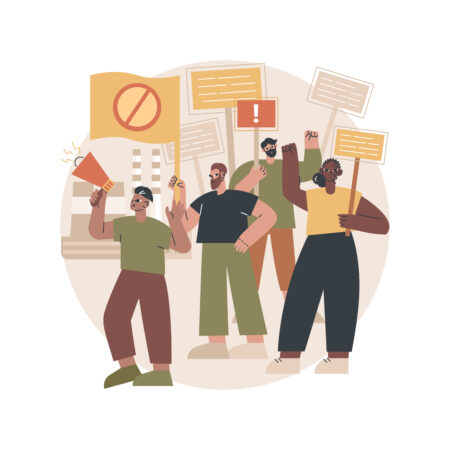 Over the past few weeks in this space, inspired by Fleur Pellerin’s current government initiative to replicate Silicon Valley, I’ve recapped some of the history of the region and reconsidered the wisdom of attempts to reproduce the Silicon Valley model elsewhere.
Over the past few weeks in this space, inspired by Fleur Pellerin’s current government initiative to replicate Silicon Valley, I’ve recapped some of the history of the region and reconsidered the wisdom of attempts to reproduce the Silicon Valley model elsewhere.
I submit that trying to imitate Silicon Valley is futile. However, France’s government and business community can derive inspiration from the factors that rendered Silicon Valley a success. Regions finding the most success in creating clusters of innovation have been those that do it on their own terms and play to their own unique strengths, where the government facilitates an environment that doesn’t penalize failure and then gets out of the way. New York City comes to mind as one prominent example. A local innovator there whom I had the pleasure of meeting just last week pointed out that it was only once New York ditched its Silicon Alley moniker that the city’s tech entrepreneurial ecosystem really began to take off.
So how can France derive inspiration from the Silicon Valley model ?
This is a tough question for two reasons. First, nobody can identify with certainty all of the factors made Silicon Valley such a success. There exists a certain degree of chance and cognitive dissonance rendering attempts to copy Silicon Valley impossible.
Secondly, one key ingredient to SV’s success – its excessive proportion of people with crazy ambition – cannot be so easily exported. According to an analysis of LinkedIn profiles, residents of Silicon Valley dream bigger than the rest of the world. People who include the keywords “change the world” in their LinkedIn profiles are far more common in the San Francisco Bay Area than anywhere else (source: Venture Capital Dispatch).
Perhaps a better question would be: which ingredients of Silicon Valley’s secret sauce might be transferrable here ?
Two prominent factors come to mind which might be relevant for France to carefully consider: i) proximity, and ii) immigration. (Note that I’ve deliberately decided to set aside a third factor – fiscal environment – in order to avoid summary dismissal of these constructive suggestions by bureaucrats that may be reading this).
Proximity
By proximity, I mean the proximity of educational institutions, businesses, and the design community. Proximity of this diverse group is important because when talented people of multi-disciplinary expertise come together, the odds increase exponentially for serendipitous encounters that spawn innovation. Subsequent to the traitorous eight’s creation of Farichild Semiconductor, two of the most familiar names (Robert Noyce and Gordon Moore) went on to found Intel right down the street. Not far away in Menlo Park, a third founding father by the name of Eugene Kleiner teamed up with a veteran from HP in nearby Palo Alto, Tom Perkins, to give birth to one of the world’s most renowned venture capital funds.
A more recent example and arguably one of the most successful entrepreneurial endeavors in history, Google’s ascendancy stemmed from the chance encounter at Palo Alto’s Stanford University of Sergey Brin and Larry Page. The proximity of institutions like Stanford and UC Berkeley facilitated the recruitment of high-caliber engineers and managers as the company grew, including for example, Stanford graduate Marissa Mayer, who conceived the Google home page’s elegantly simplistic design.
The design element cannot be underestimated either, especially in innovation today. Thanks to the proliferation of open source code bases, cloud infrastructures, open standards like html etc., creating a new high-tech offering is remarkably accessible. The innovation of a product or service lies not in the complexity of the underlying technology, but rather in its user experience. Design, or its more evolved form as creative intelligence, forms the heart of user experience, and Silicon Valley has always been rife with artists, designers, and creative conceivers.
Immigration
Immigration is a less obvious but equally important ingredient. Brad Templeton, Director of the Electonic Frontier Foundation, wrote an excellent piece last year in Forbes magazine, The Real Secret Behind Silicon Valley’s Success, in which he recounts his epiphany during a high-end conference for PC and internet executives in the late 90s. A speaker wanted to make a point about immigration to the room, which was full of founders and top executives from high-tech companies, instructing, “If you were born outside the United States, please stand up.” And more than half of those in the room stood up.
Researchers from Duke University concluded in a report that immigrant-founded companies created over 450,000 jobs in 2005, and that 52% of startup founders in the U.S. were immigrants. Most of these people gave up a life somewhere else to come to Silicon Valley in order to live the entrepreneurial dream.
There is something in an immigrant’s DNA that lends itself to entrepreneurship. Perhaps it’s an absence of fear of new adventures, an ability to operate on the fringe of society, unconstrained by social norms and conventional thinking, the sink-or-swim pressure of starting over, or some combination of all of these factors plus others.
So what are the lessons for France ?
I submit that one lesson is to establish a smarter policy on immigration that doesn’t hamper the retention of talented entrepreneurial individuals, regardless of their familial attachments to the hexagon.
Another is to think carefully about the gravitational importance of proximity. The rumored choice of Saclay as the hub of the Paris Capitale Numérique initiative grossly neglects the proximity concept. Why the government overlooks the one area that ticks almost all the boxes, the Sentier district in central Paris, (which Liam Boogar wrote about a while ago) – a place with already a critical mass of entrepreneurs, conveniently accessible, and adjacent to the heart of the country’s fashion and design neighborhood – still escapes me.
As we like to say in France, here’s hoping the mayonaise takes…
Did you like it? 4.4/5 (25)







